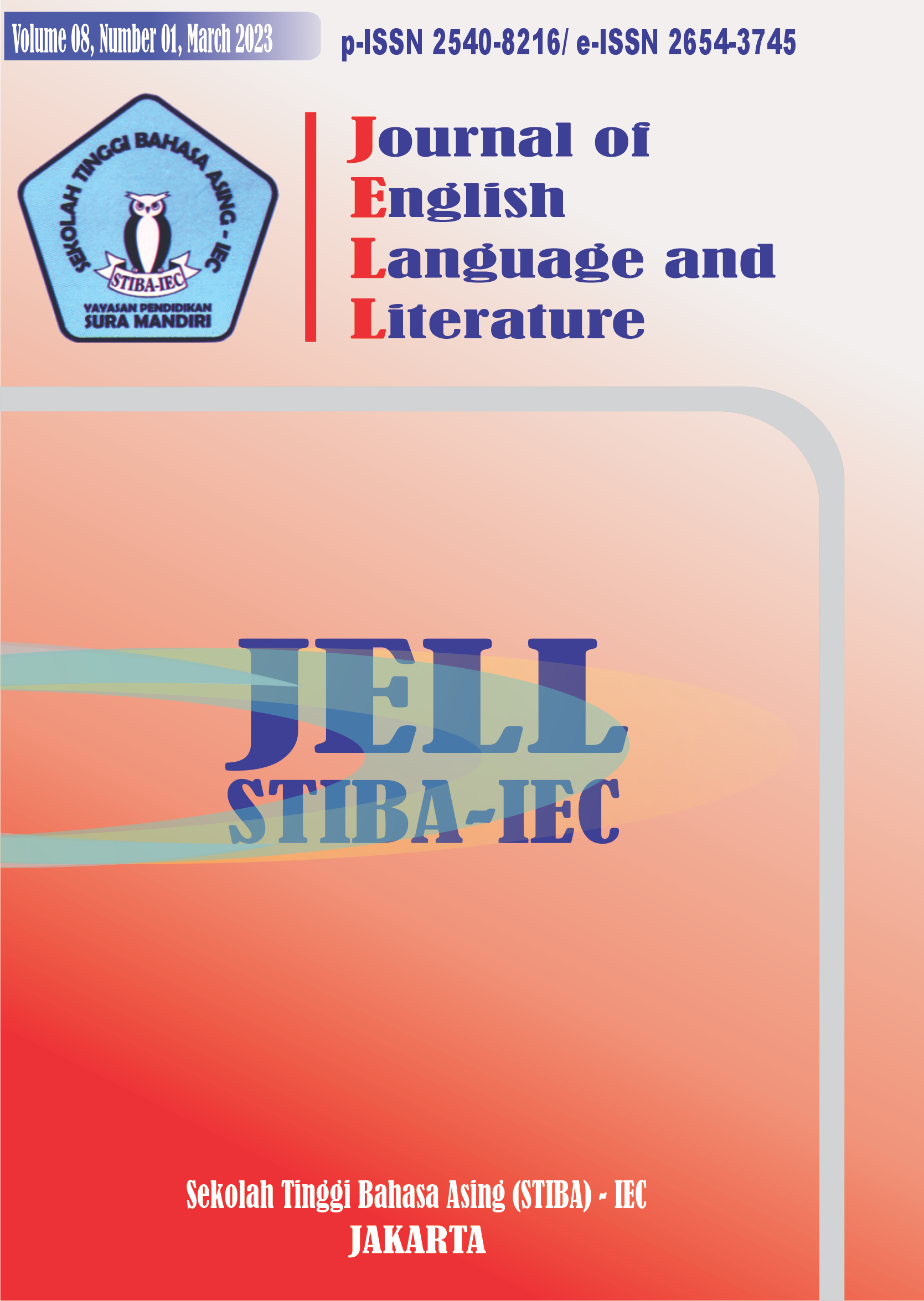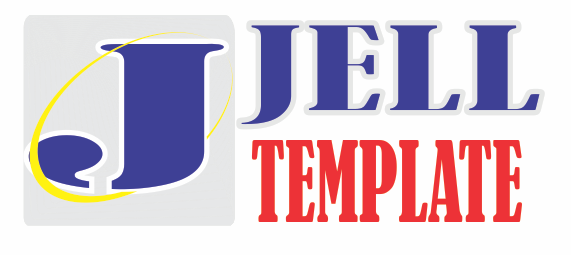OLD POETRY OF KOREAN SOCIETY
Abstract
The purpose of this study is to describe the structure of old Korean poetry. This study uses qualitative research methods as one of the methods to achieve the goal of content analysis. A qualitative research document draws conclusions based on the quality of directly observed data rather than the quantity of measured data. As a qualitative research method, it is a research method that uses the wealth of experience and intuitive views of researchers to obtain in-depth and detailed information about research subjects. In collecting data, researchers used content analysis techniques from collections of old Korean poetry. This research studied old poetry of Korean classic songs which were the subject of study. Old poetry of Korean classical songs, among them, <Cheoyongga>, which Korean students study and are widely known when they are in junior high and high school, <Gujiga>, <Anminga>, <Changiparanga>, <Saeyasaeya parangsaeya>, and <Jindallaekkot> total 6. From the results of the study, it was obtained descriptions of the roles, meanings, and values of Korean classical songs in society in the past. In terms of Korean classic songs that have been passed down to the present day, this is very valuable data because it contains past life and customs before the natural modern era and contains people's thoughts at that time, including images of the time. Since, researchers conduct research in the form of collecting and analyzing data rather than digitizing it, approach it in a descriptive way.
References
Artini, P. L. (2017). Rich language learning environment and young learner’s literacy skill in English. International Journal Lingua Cultura. 11(1), May 2017.19-24.
Damono, S.D. (2002). Pedoman Penelitian Sosiologi Sastra. Jakarta: Pusat Bahasa Departemen Pendidikan Nasional.
Ferdinand de Saussure. O. Youn-ho, ed. (2012). Course in General Linguistics. Seoul: Woongjin, App. Kyobo.
Gazali. (2016). Structure function and values of kailie folksongs. International juornal litera. Vol.15. No.1. AprilL. 2016.
Hasanah, M.(2013). Structure Semiotic Characteristic of D. Zamwawi Imron Poems. International Journal Litera. Vol.12. No.2. Oktober 2013.
Hudayat. (2000). Pengaruh Positif Negatif Kekuatan Mantra Terhadap Penghayat dan Bukan Penghayat Mantra di Kecamatan Cikeruh Kabupaten Sumedang. Laporan Penelitian. (Unit Projek institusi: UNPAD).
Jeong, J., Lee, S. and Lee, S.G. (2017). “When Indonesians Routinely Consume Korean Pop Culture: Revisiting Jakartan Fans of the Korean Drama Dae Jang Geum”. International Journal of Communication, 11: 2288-2307.
Jin, Dal Y. and Yoon, T. (2017). ”The Korean Wave: Retrospect and Prospect”. International Journal of Communication, 11: 2241-2249.
Khader, T. (2016). The structure of parallelism in saadi yusuf poetry. International jurnal on studies in English language and literature. Vol.4. issu 2. February 2016. Pp. 39-51.
Ratna, K.N. (2015) Teori Metode, Teknik Penelitian Sastra. Yogyakarta:Pustaka Pelajar.
Rido, A. (n.d). Interaction strategis of master teachers in Indonesian vocational classroom: A case study. The southeast Asian Journal of English language studys vol.21(3).85-98.
Riswandi, B. dkk. (2010) Pembelajaran Apresiasi Prosa Fiksi. Tasikmalaya: Siklus Pustaka.
Shin Mi-kyoung. (2013). Sosiologi Sastra Prancis. Seoul: Dongmunsun.
Sulaeman, A & Goziyah. (2019). Metodologi Penelitian Bahasa dan Sastra. Jakarta: Edu Pustaka.
Sulaeman, A & Ariyana. 2018. Pengaruh Penggunaan Model Pembelajaran Examples Non-Examples Terhadap Hasil Belajar Menulis Teks Berita Pada Siswa Kelas VIII SMPN 14 Kota Tangerang. Jurnal Silampir Bisa. Pendidikan Bahasa Indonesia, Daerah dan Asing. No. Vol. 2. Hal. 17. https://ojs.stkippgri-lubuklinggau.ac.id/index.php/SIBISA/article/view/201
Sulaeman, A., & Purawinangun, I. A. (2020). Social value in the novel Hatta: Aku Datang karena Sejarah by Sergius Sutanto as teaching materials in teaching literature in schools.https://scholar.google.com/scholar?cluster=13991451859247203404&hl=id&as_sdt=2005
Sulaeman, A., Hun, K. Y., & Ferdianda, A. (2021). Ecocritics In Song Lyrics Collection By Barasuara And Its Implication Towards The Indonesian Language Learning Material In Senior High School (Kumpulan Lirik Lagu Barasuara Band Karya Iga Dada Yudhistira Massardi Dan Implikasi Dengan Materi Pembelajaran Bahasa Indonesia Di Sekolah Menengah Atas Kajian Ekokrtik Sastra). Jurnal Gramatika: Jurnal Penelitian Pendidikan Bahasa dan Sastra Indonesia, 7(1), 103-116.
Young-min, K. (2004). Kamus Besar Sastra Modern Korea. Seoul: Seoul National University Press.
Copyright (c) 2023 Kim Suzie, Kim Sunwoo, Jinhee Woo, Agus Sulaeman

This work is licensed under a Creative Commons Attribution-NonCommercial-ShareAlike 4.0 International License.
Retained Rights/Terms and Conditions of Publication
1. As an author you (or your employer r institution) may do the following:
*make copies (print or electronic) of the article for your own personal
*Every accepted manuscript should be accompanied by "Copyright Transfer Agreemen" prior to the article publication.









